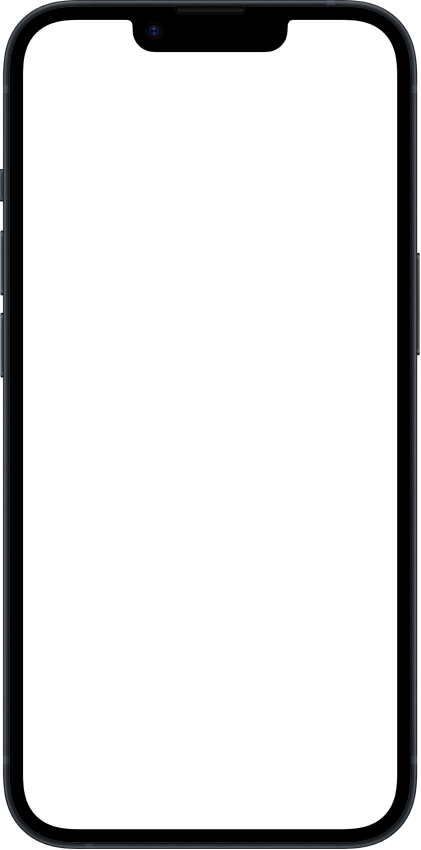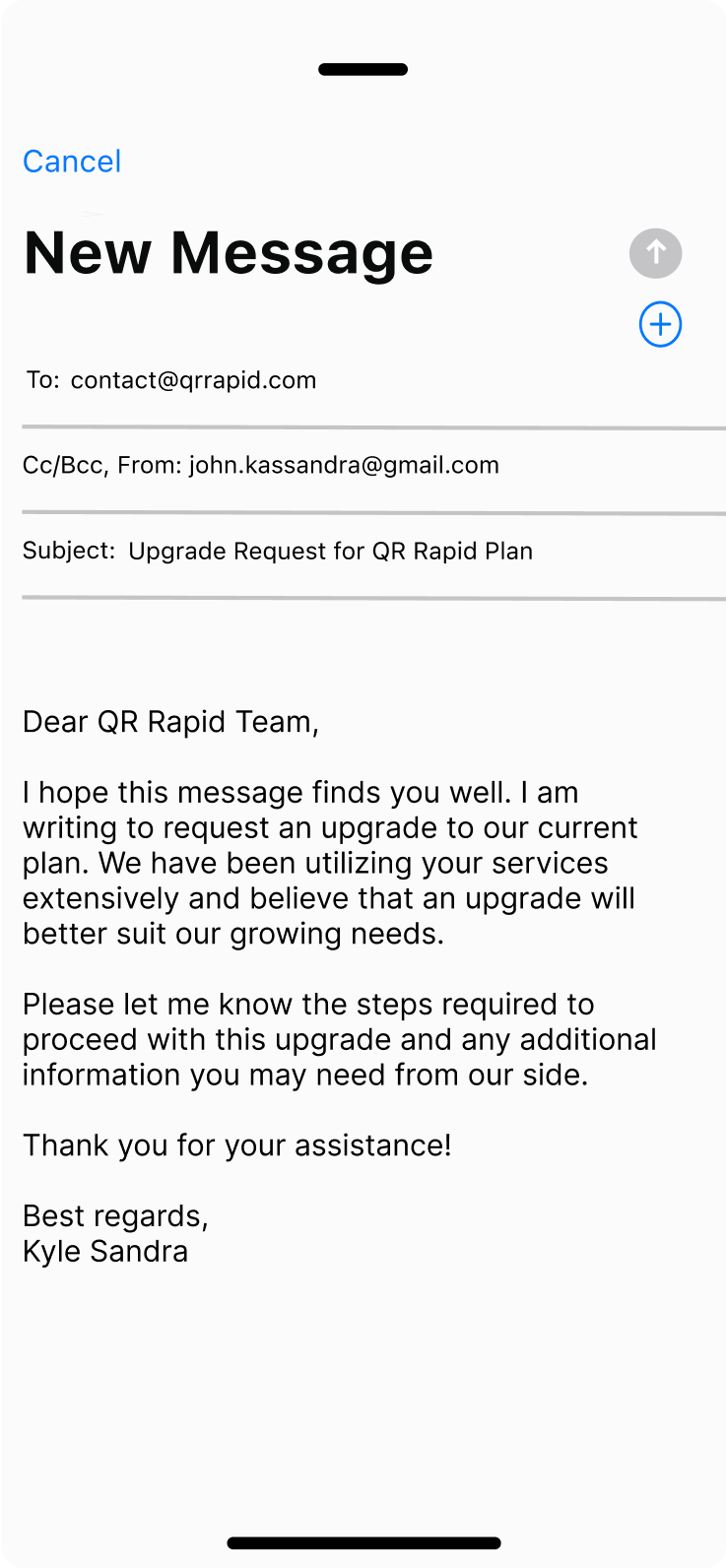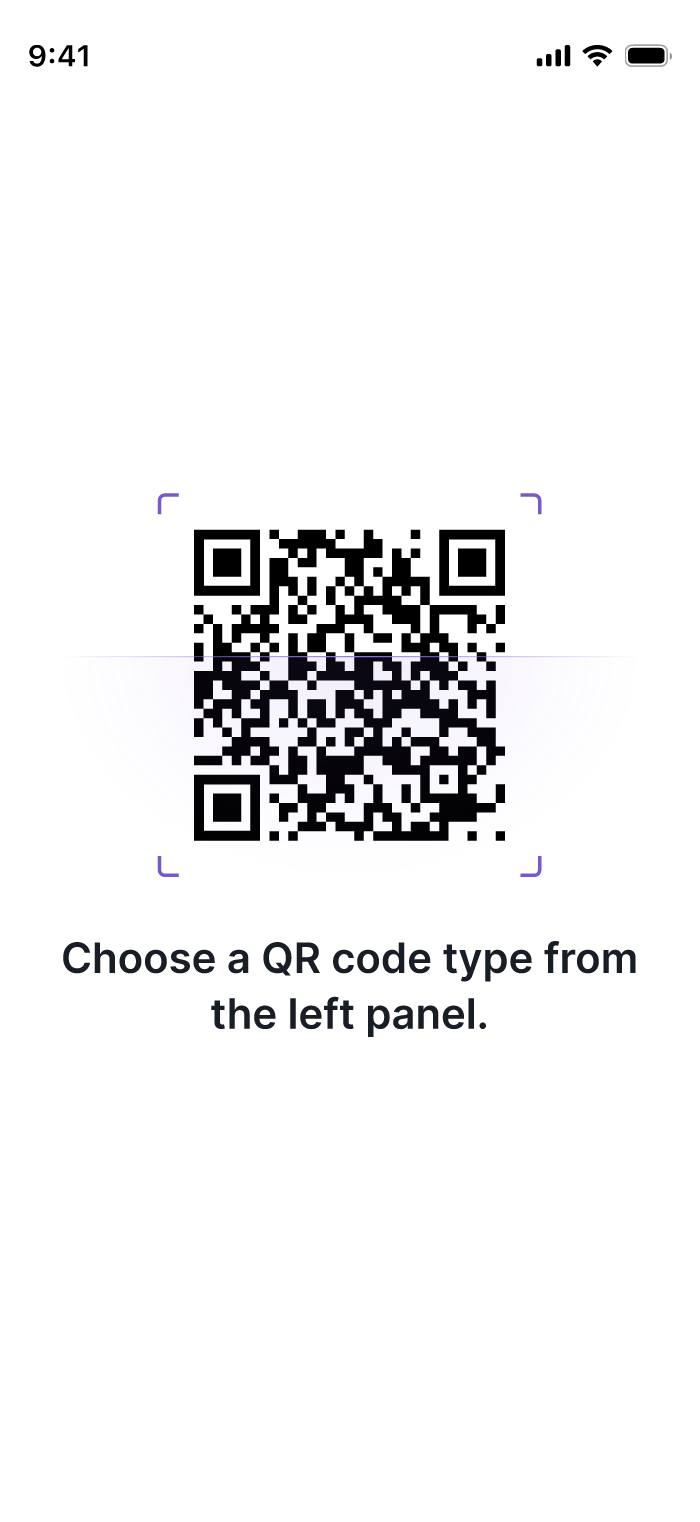QR Rapid
Create an Email QR Code – Enable Instant Communication
Transform email addresses into scannable QR codes that open pre-filled email drafts instantly on smartphones. Include subject lines and message text to streamline customer inquiries, feedback collection, and business communication. Perfect for customer service, sales teams, event organizers, and any business wanting to make email contact effortless and increase response rates.
No Credit Card Required
Real-Time Analytics
Edit & Customise Anytime
Want to generate other QR code types?
Open an email draft
Open an email draft
Website URL
Send users to any webpage
Website URL
Website URL
Send users to any webpage
Wi-Fi
Let users connect instantly
Wi-Fi
Wi-Fi
Let users connect instantly
Menu
Create a digital menu
Menu
Menu
Create a digital menu
Start a chat with one tap
Start a chat with one tap
Image
Showcase visuals
Image
Image
Showcase visuals
Coupon
Unlock special offers
Coupon
Coupon
Unlock special offers
MP3
Share audio directly
MP3
MP3
Share audio directly
Video
Play a video instantly
Video
Video
Play a video instantly
Text
Display simple text
Text
Text
Display simple text
vCard
Share contact details
vCard
vCard
Share contact details
Crypto
Accept Crypto payments
Crypto
Crypto
Accept Crypto payments
List of links
Share everything in one place
List of links
List of links
Share everything in one place
Show a downloadable file
Show a downloadable file
SMS
Trigger a text message
SMS
SMS
Trigger a text message
Event
Promote an event
Event
Event
Promote an event
APP
Link to your app
APP
APP
Link to your app
Social media
Link all your socials
Social media
Social media
Link all your socials
How to Create a QR Code for a Email
Creating a QR code for email is quick and simple with QR Rapid's QR code generator. Follow these three steps to enable instant email communication:
Enter Your Email Details
Input your email address, subject line, and optional pre-filled message body text. This information appears automatically when customers scan, making it easy for them to contact you.
Customize Your Email QR Code
Design your code with your branding, colors, and clear call-to-action frames like "Email Us" or "Contact Support" that encourage customers to reach out.
Display Across All Touchpoints
Download and place your QR code on business cards, product packaging, receipts, signage, or marketing materials. Users scan to open pre-filled emails ready to send with one tap.
Pre-Written Emails Ready to Send in One Scan
Boost response rates and eliminate contact friction with Email QR codes that automatically open pre-filled messages on any device. Whether collecting customer feedback, enabling support requests, or driving newsletter signups, Email QR codes remove typing barriers and make reaching out effortless, turning passive viewers into active communicators.
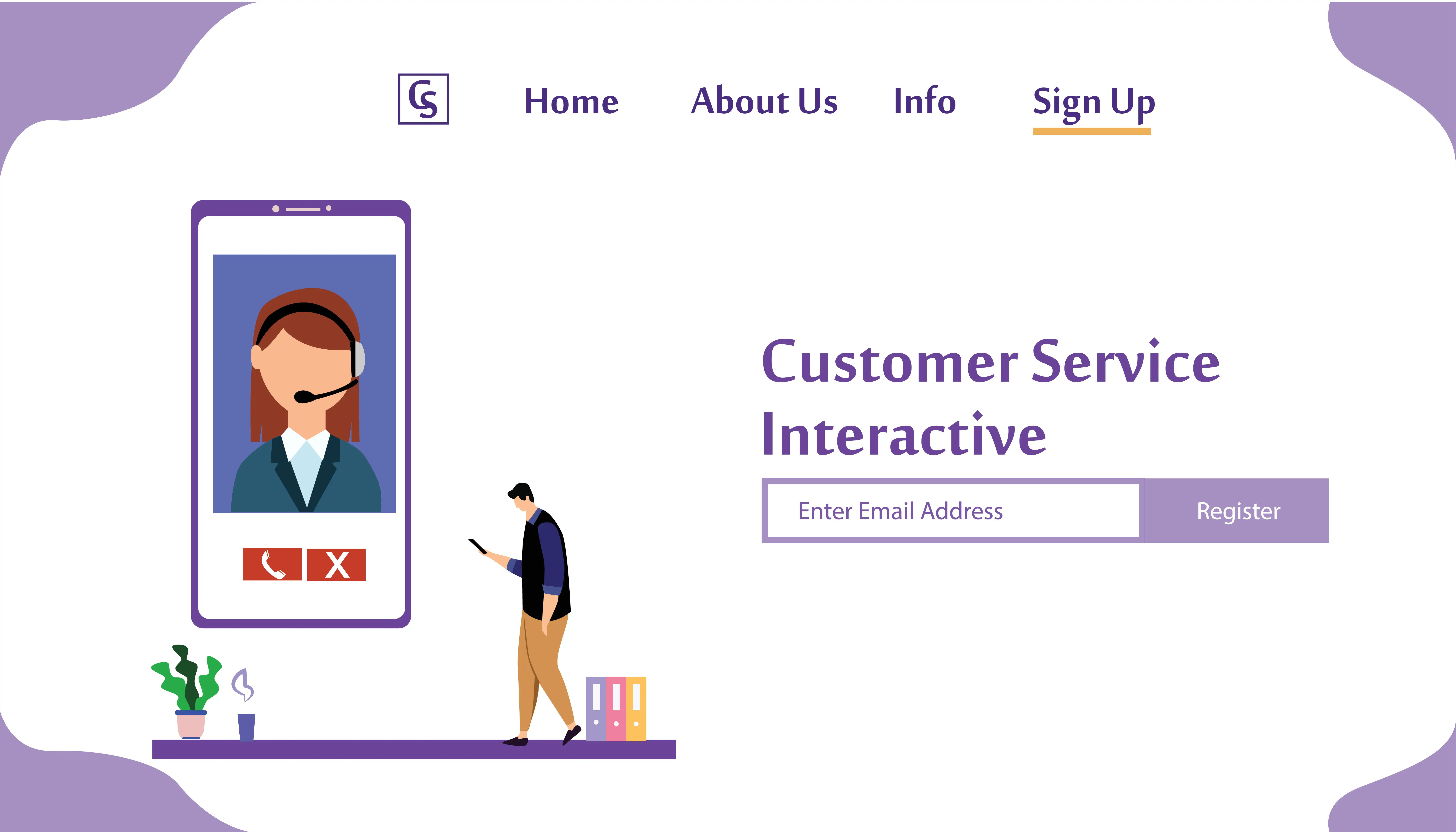
Customer Service & Support: Streamlined Inquiry Management
Sales & Lead Generation: Contact Facilitation

Events & Conferences: Attendee Communication
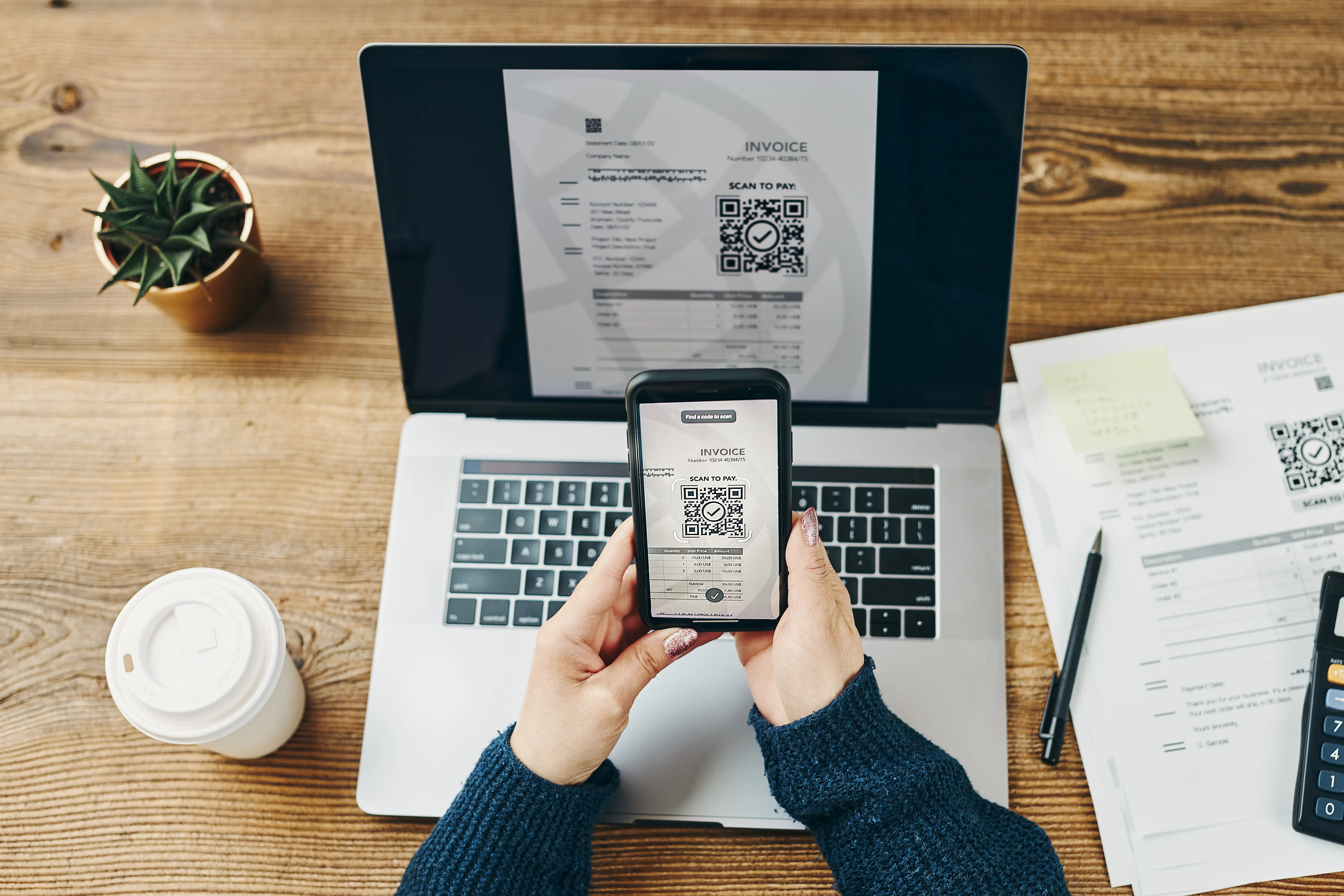
Education & Academia: Student-Teacher Communication
Healthcare & Medical Services: Patient Communication
Convert Email Addresses to QR Codes Instantly with QR Rapid
QR Rapid makes it simple to create professional email QR codes that streamline communication and increase response rates. Whether you're managing customer service, sales inquiries, or event communication, our platform offers powerful features designed to facilitate effortless email contact. Generate and customize your email QR codes easily.
Pre-Filled Message Templates
- Set custom subject lines and message body text that appear automatically when scanned
- Context-specific templates help recipients communicate clearly and completely
- Reduce back-and-forth by requesting specific information in pre-filled messages
Multiple Recipient Support
- Create codes that email multiple addresses simultaneously for team coordination
- Set CC and BCC recipients for notification or record-keeping purposes
- Route inquiries to appropriate departments or team members automatically
Department-Specific Codes
- Generate separate codes for sales, support, billing, and other departments
- Unique subject lines identify inquiry source and type for efficient routing
- Track which departments receive the most email inquiries through analytics
Universal Email Client Compatibility
- Works seamlessly with all email apps including Gmail, Outlook, Apple Mail, and others
- Opens user's default email application on any device automatically
- No email client restrictions or compatibility issues across platforms
6 Effective Email QR Code Implementation Ideas
Business Cards: Professional Contact Exchange
Add email QR codes to business cards providing instant, error-free contact initiation that recipients can use immediately after networking interactions. Traditional business cards require manually typing email addresses with high error risk from typos in complex addresses or multiple punctuation marks. Email QR codes eliminate this friction—recipients scan and pre-filled email drafts open ready to send. Include contextual subject lines like "Following Up From [Event Na
Product Packaging: Customer Feedback Collection
Include email QR codes on product packaging, instruction inserts, and warranty cards soliciting customer feedback, reviews, and support requests that improve products and customer satisfaction. Packaging codes feature pre-filled subjects like "Product Feedback for [Product Name]" and message prompts like "Tell us about your experience with..." encouraging detailed responses. Luxury brands use codes requesting unboxing experience feedback, product qual
Restaurant Tables: Direct Management Contact
Display email QR codes on table tents, menus, or receipts providing diners with direct channels to management for compliments, complaints, or special requests that improve service and resolve issues before they become negative reviews. Table tent codes include subjects like "Feedback About Today's Experience" and message prompts requesting specific details about food quality, service speed, ambiance, or staff interactions. Pre-filled recipient addresses route di
Event Programs: Speaker and Organizer Access
Integrate email QR codes throughout event programs, conference agendas, and attendee materials facilitating communication between participants, speakers, organizers, and exhibitors. Speaker session pages include codes with pre-filled subjects like "Question About [Session Title]" enabling attendees to submit questions they didn't get to ask during limited Q&A time. Workshop materials feature codes for follow-up resources, slides, or reading recommendations with subjects identifying specific sessions
Support Documentation: Contextual Help Requests
Embed email QR codes throughout user manuals, help documentation, FAQ pages, and troubleshooting guides enabling users to request assistance with specific issues or unclear instructions. Manual page codes include document section references in subjects like "Help with Setup Instructions on Page [X]" providing support teams with immediate context about customer needs. Troubleshooting flowchart codes appear at decision points with subjects like "Issue Not Resolved by [Troubleshooting St
Retail Signage: Department-Specific Inquiries
Display email QR codes on retail signage, shelf tags, and department directories routing customer inquiries, special order requests, and stock notifications to appropriate team members. Department signage includes codes with subjects like "Question About [Department] Products" ensuring messages reach specialists with relevant expertise. Out-of-stock item tags feature codes with subjects like "Notify Me When [Product Name] is Available" triggering inventory alerts and potential sales recovery. Specia
Looking for a different type of QR Code?
Our QR Code generator lets you transform your content into a suitable QR Code: Website URLs, Wi-Fi passwords, Social Media pages, digital menus, PDFs, business cards, and much more.
Email QR Code Explained: How They Work & Why Use Them
Understanding email QR codes helps businesses implement effective communication strategies that reduce barriers and increase customer engagement.
What is an Email QR Code?
An email QR code is a scannable barcode that opens a pre-filled email draft when scanned with a smartphone camera. The code can include recipient email addresses, subject lines, and message body text that appear automatically in the user's email application ready to send. Users simply scan the code, review the pre-filled content, add any additional information, and tap send to initiate communication. Email QR codes work with all email applications including Gmail, Outlook, Apple Mail, Yahoo Mail, and others, making them universally accessible communication tools that require no special software or accounts.
How Do Email QR Codes Work?
Email QR codes encode "mailto" links that web browsers and smartphones recognize as email commands. The encoded information includes recipient addresses, subject lines, and message text in standard URL format. When users scan codes with smartphone cameras, their devices detect the mailto protocol and automatically open default email applications with all encoded information pre-filled in new message drafts. Users can modify pre-filled content, add attachments, or send immediately as preferred. The email sends through users' own email accounts maintaining normal communication patterns rather than routing through third-party services. Backend systems can track scan counts revealing how many people initiated contact through codes, though actual email sending remains private user actions not directly trackable without email server access.
Benefits of Email QR Codes Over Traditional Contact
Email QR codes eliminate multiple friction points that prevent customers from initiating contact through traditional methods. Typing email addresses from printed materials introduces typos from complex addresses, multiple punctuation marks, or ambiguous letter-number combinations. Subject line suggestions ensure inquiry types are clear rather than vague "question" subjects that don't indicate urgency or topic. Pre-filled message prompts guide customers to include relevant information—order numbers, product details, specific issues—reducing back-and-forth exchanges. One-scan access removes the need to remember email addresses, save contacts, or navigate websites finding contact pages buried behind multiple clicks. Instant communication capitalizes on peak interest moments when customers are most motivated to engage rather than intending to contact later and forgetting. Mobile optimization makes email initiation effortless on smartphones where typing long addresses and composing messages on small keyboards proves frustrating. These improvements collectively increase contact rates, reduce inquiry abandonment, and improve customer service efficiency through more complete initial messages.
Pre-Filled Message Best Practices
Effective email QR codes balance providing helpful guidance with allowing message customization. Subject lines should be specific but not so narrow that customers can't use codes for related topics—"Product Question" works better than "Question About Defective Power Button." Message body prompts can request specific information—"Order Number: [blank line], Issue Description: [blank line], Preferred Resolution: [blank line]"—structuring inquiries productively. Keep pre-filled messages concise providing frameworks rather than lengthy templates customers must delete before writing. Use friendly, conversational language matching your brand voice rather than formal corporate speak. Include optional fields customers can delete if irrelevant rather than mandatory information creating barriers. For multilingual businesses, deploy separate codes with pre-filled messages in different languages based on material distribution regions. Test email codes across various email applications verifying pre-filled content appears correctly—some email clients have character limits or formatting restrictions affecting display. A/B test different pre-filled message approaches measuring which generates higher response rates and more complete inquiries.
Privacy and Security Considerations
Email QR codes maintain privacy for both businesses and customers when implemented thoughtfully. Businesses should use dedicated email addresses for codes rather than personal addresses—[email protected] instead of [email protected]—maintaining professional boundaries. Create department or function-specific addresses—sales@, info@, careers@—that multiple team members monitor rather than relying on individual inboxes subject to vacation or turnover disruptions. Consider using email aliases or forwarding addresses that can be modified without changing QR codes if spam becomes problematic. Customers' email addresses remain private—they send from their personal accounts without revealing addresses to third parties since mailto links don't collect sender information. Warn customers that email communication lacks encryption discussing sensitive information like medical conditions, financial details, or legal matters through alternative secure channels. Implement email authentication protocols like SPF, DKIM, and DMARC on your domains preventing spammers from spoofing your addresses when replying to customer inquiries. Train staff handling code-generated emails to verify customer identities before sharing account details or processing sensitive requests protecting against social engineering attacks.
Integration with Customer Communication Systems
Email QR codes integrate effectively with broader customer communication and relationship management systems. Configure inbox rules automatically tagging or categorizing emails received from code scans based on subject lines enabling organized workflow management. Connect email accounts to CRM platforms creating lead, contact, or ticket records automatically when code-generated emails arrive capturing customer information without manual data entry. Set up automation sequences sending immediate acknowledgment emails upon receiving inquiries through codes assuring customers their messages were received and setting response time expectations. Integrate with helpdesk software converting code-generated emails into support tickets assigned to appropriate team members based on inquiry types or content. Use marketing automation platforms tracking which customers contacted you through codes, what they inquired about, and whether they subsequently made purchases measuring conversion effectiveness. Implement sentiment analysis tools scanning incoming code-generated emails for urgency indicators, negative sentiment, or satisfaction keywords prioritizing responses appropriately. These integrations transform simple email codes into comprehensive customer communication ecosystems that capture, organize, and respond to inquiries efficiently.
Email QR Codes vs Traditional Email Sharing
Email QR Codes
Frictionless contact initiation
No Typing Required - Scan to open pre-filled emails without typing addresses or subjects
Error-Free Addressing - Eliminate typos in complex email addresses with special characters
Guided Messaging - Pre-filled templates help customers provide complete, relevant information
Instant Access - One scan opens email immediately without searching for contact pages
Department Routing - Subject lines automatically direct inquiries to appropriate teams
Mobile Optimized - Perfect for smartphone users avoiding tiny keyboard typing
Trackable Contact - Monitor how many people initiate contact through different codes
Requires Email App - Users must have email applications configured on devices
No Direct Tracking - Cannot track if pre-filled emails are actually sent
Spam Potential - Email addresses in codes can be extracted by scanners
Modification Possible - Users can change pre-filled content before sending
Traditional Email Sharing
Standard contact method
Simple Display - Easy to print email addresses in any format or location
Copy-Paste Friendly - Digital addresses can be copied from websites or documents
Universal Understanding - Everyone knows how to send emails to written addresses
No Code Needed - Works without QR scanning technology or capabilities
Permanent Records - Email addresses remain visible for future reference
Multiple Channel Use - Share via business cards, websites, email signatures, or verbally
High Error Rate - Complex addresses with periods, underscores, and numbers prone to typos
Subject Line Missing - Customers write vague subjects complicating inquiry routing
Extra Steps - Must open email app, create new message, and type address manually
Mobile Friction - Typing addresses on phone keyboards frustrating and time-consuming
No Context - Empty message boxes leave customers unsure what information to include
Spam Harvesting - Published email addresses scraped by bots generating spam
No Analytics - Impossible to track which materials prompted email contact
Frequently Asked Questions About Email QR Codes
How do I create an email QR code?
Can I include multiple email addresses in one QR code?
Can I change the email address after creating the QR code?
What happens when someone scans an email QR code?
Do email QR codes work with all email apps?
Can I track if people actually send the emails after scanning?
How do I prevent my email address from being spammed through QR codes?
Still have questions?
Can’t find the answer you’re looking for? Please chat to our friendly team.
